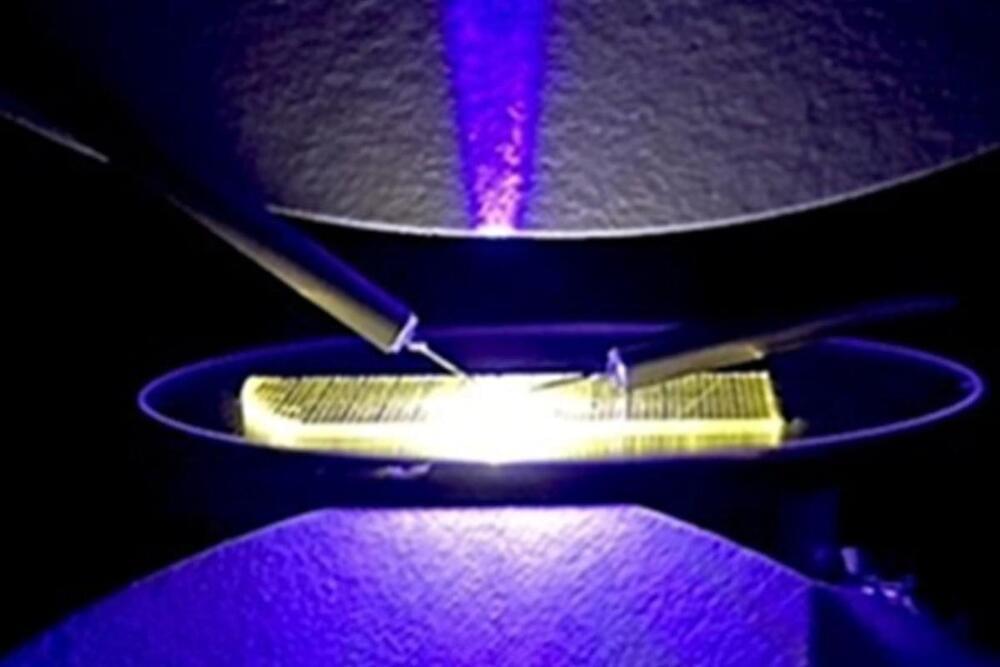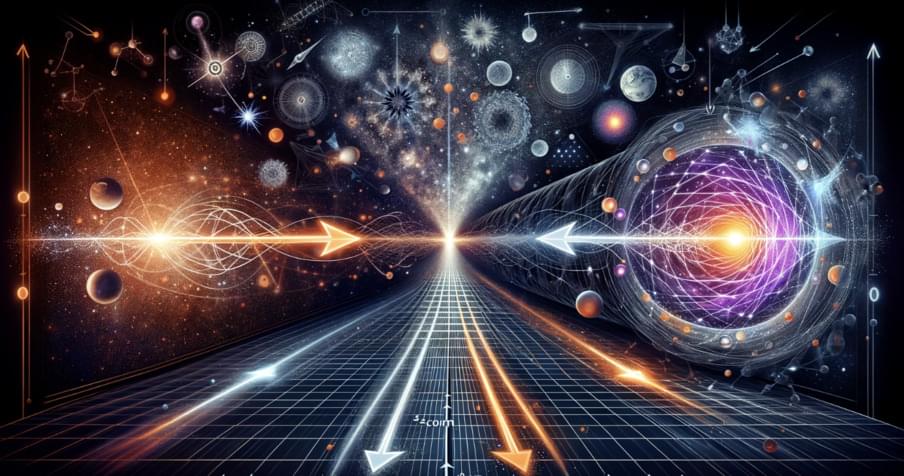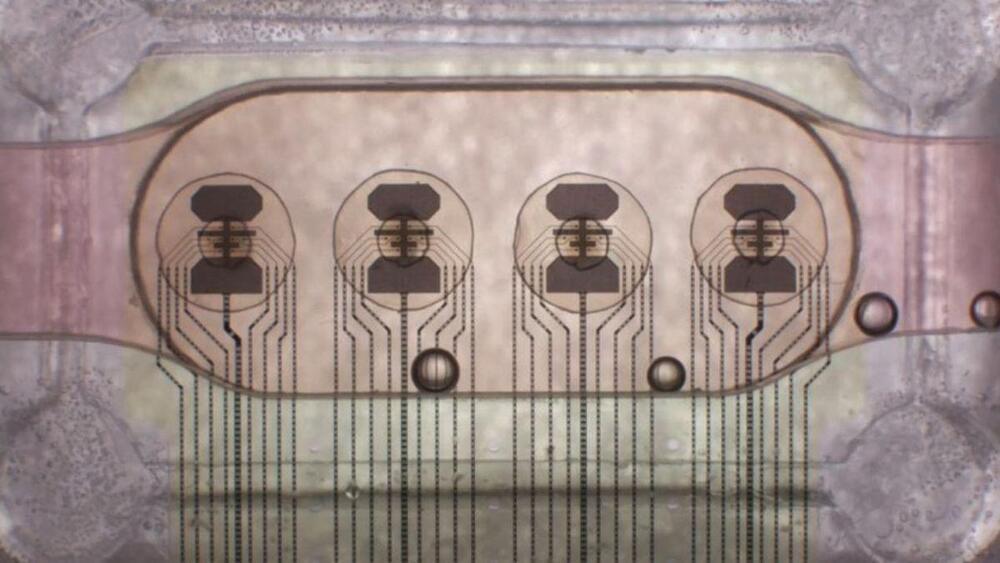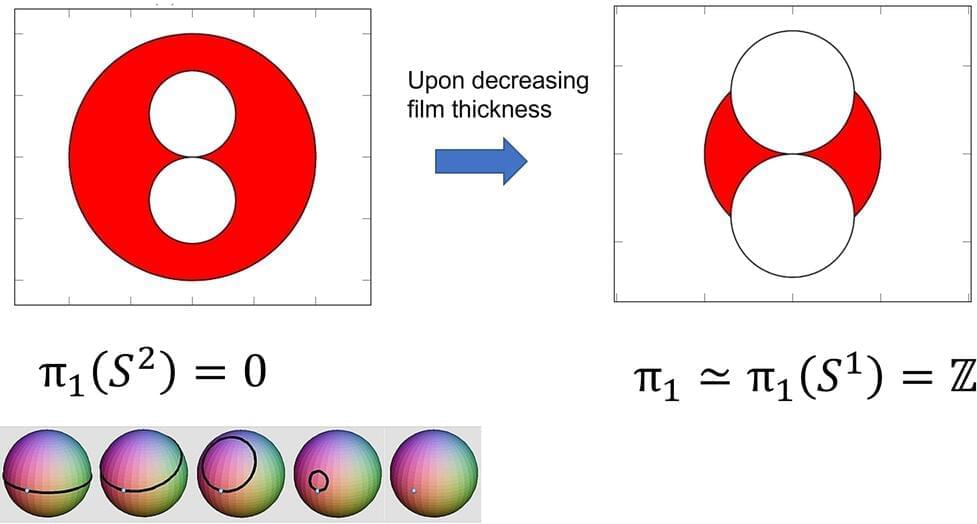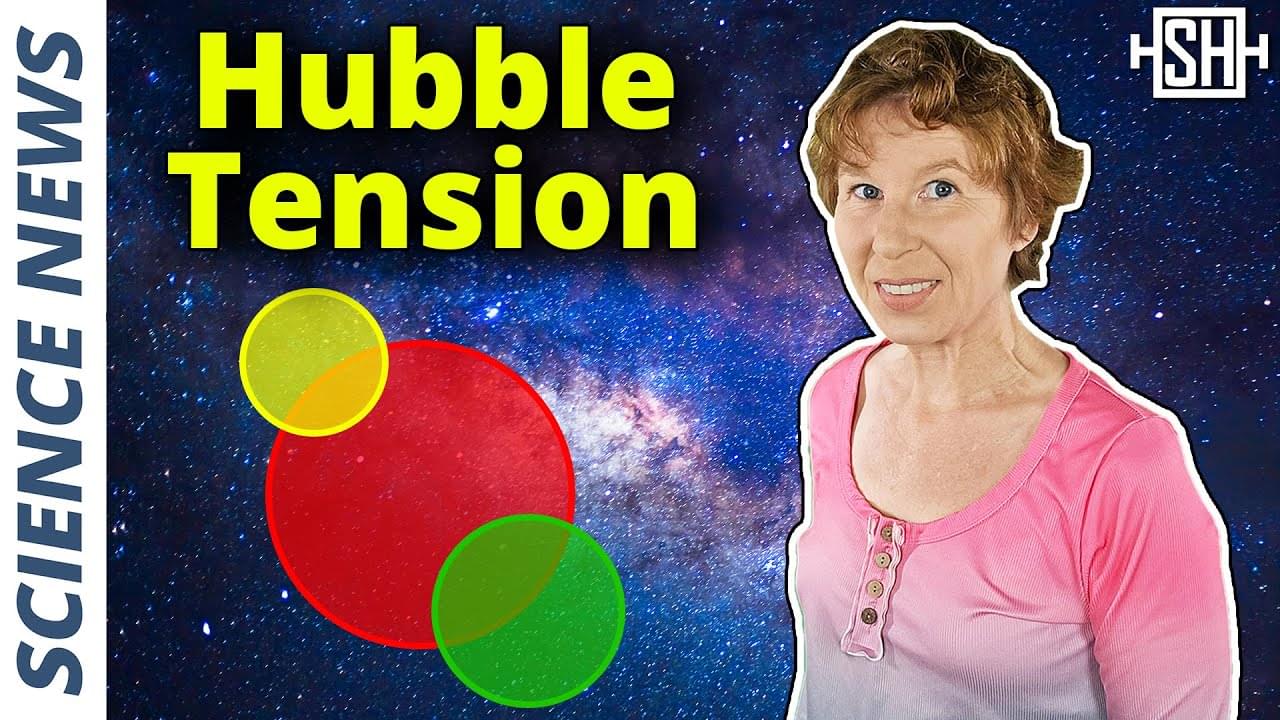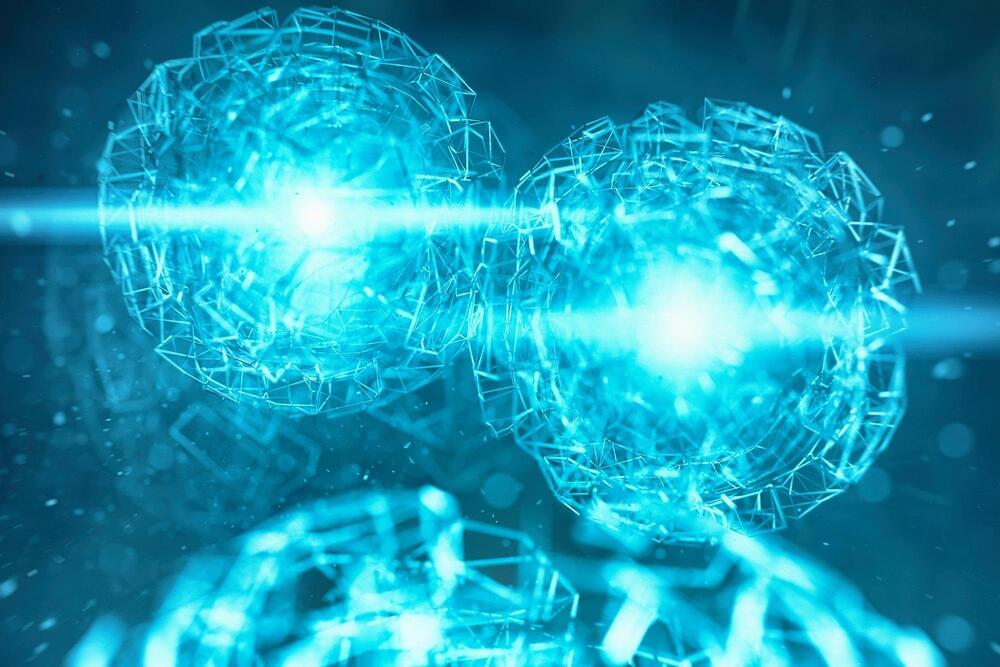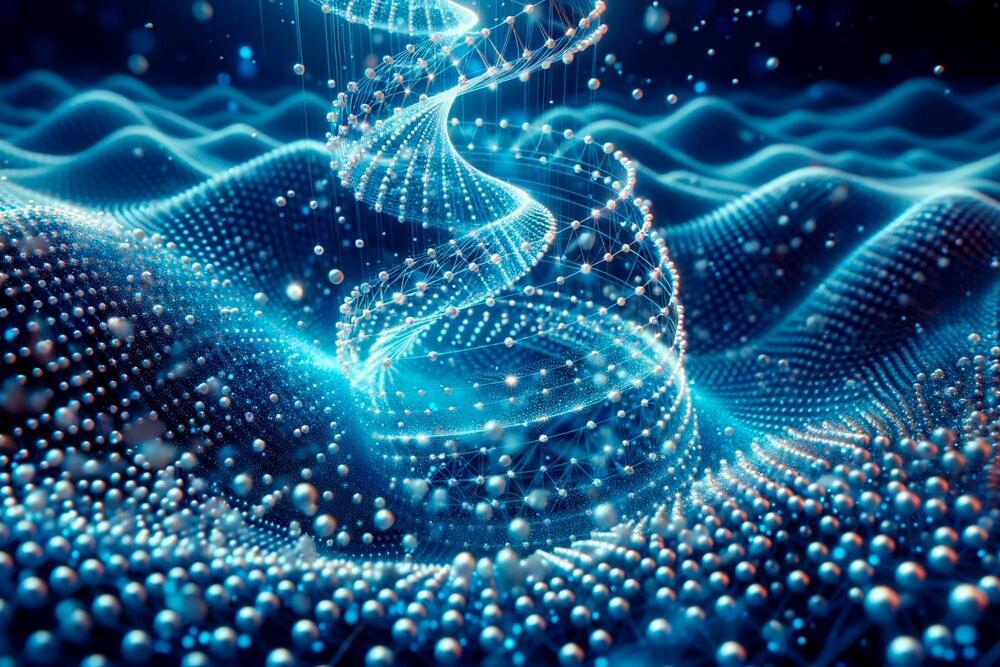May 29, 2024
GaN-VCSELs Hit New Milestones: Japanese Researchers Achieve Unprecedented Resonance Control
Posted by Saúl Morales Rodriguéz in category: computing
The gallium nitride purple surface-emitting laser with a power conversion efficiency of more than 20%. Credit: Tetsuya Takeuchi / Meijo University.
Gallium nitride (GaN) vertical-cavity surface-emitting lasers (VCSELs) are semiconductor laser diodes with promising applications in various fields, including adaptive headlights, retinal scanning displays, point-of-care testing systems, and high-speed visible light communication systems. Their high efficiency and low manufacturing costs make them especially appealing for these applications.
GaN-VCSELs are composed of two layers of special semiconductor mirrors, called distributed Bragg reflectors (DBRs), separated by active GaN-semiconductor layers, which form the optical resonant cavity, where laser light is generated. The length of this resonant cavity is crucial for controlling the target laser wavelength, called the resonance wavelength.
